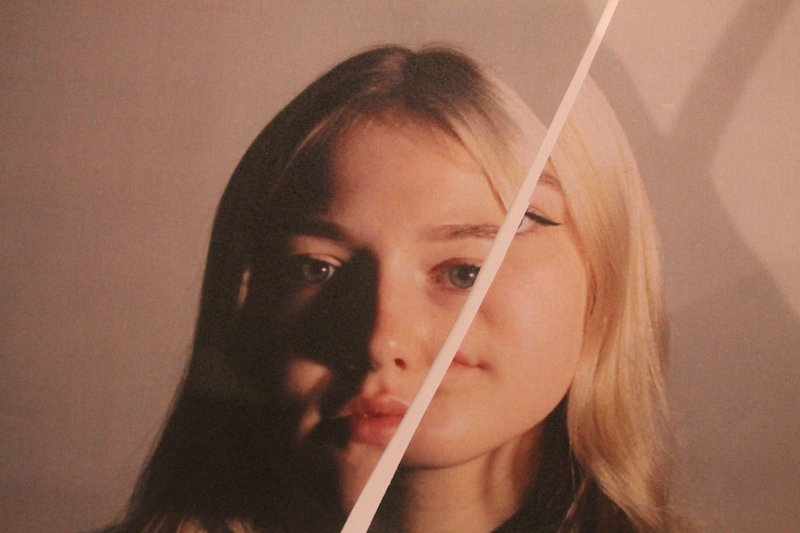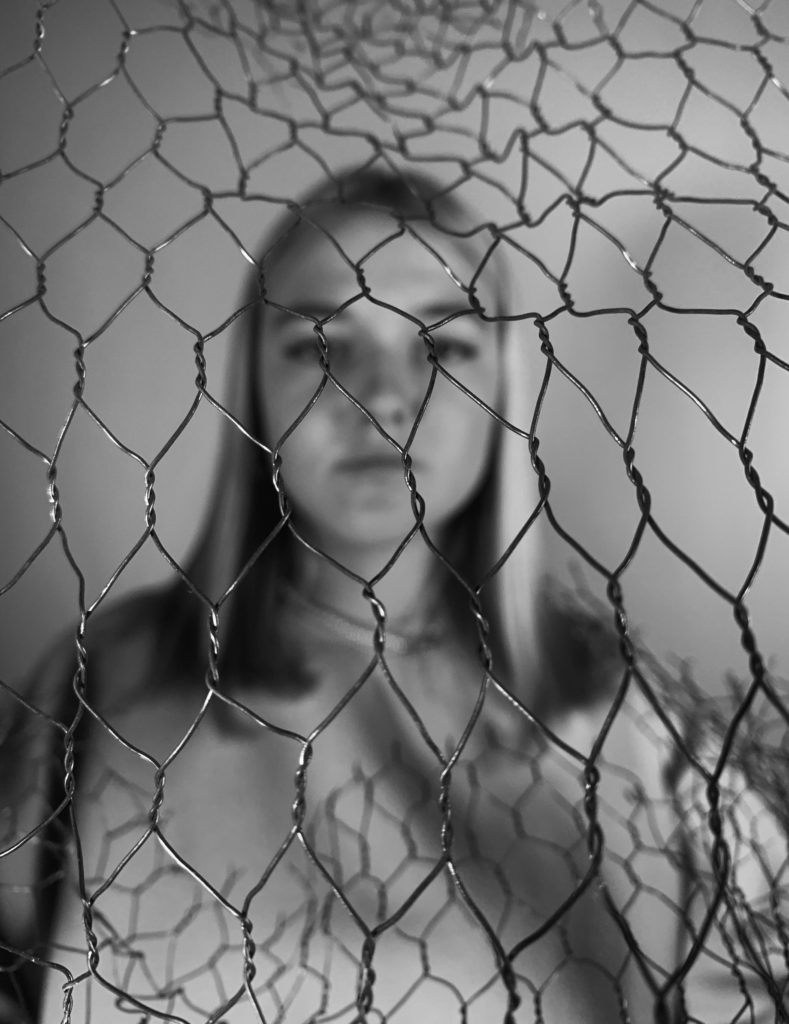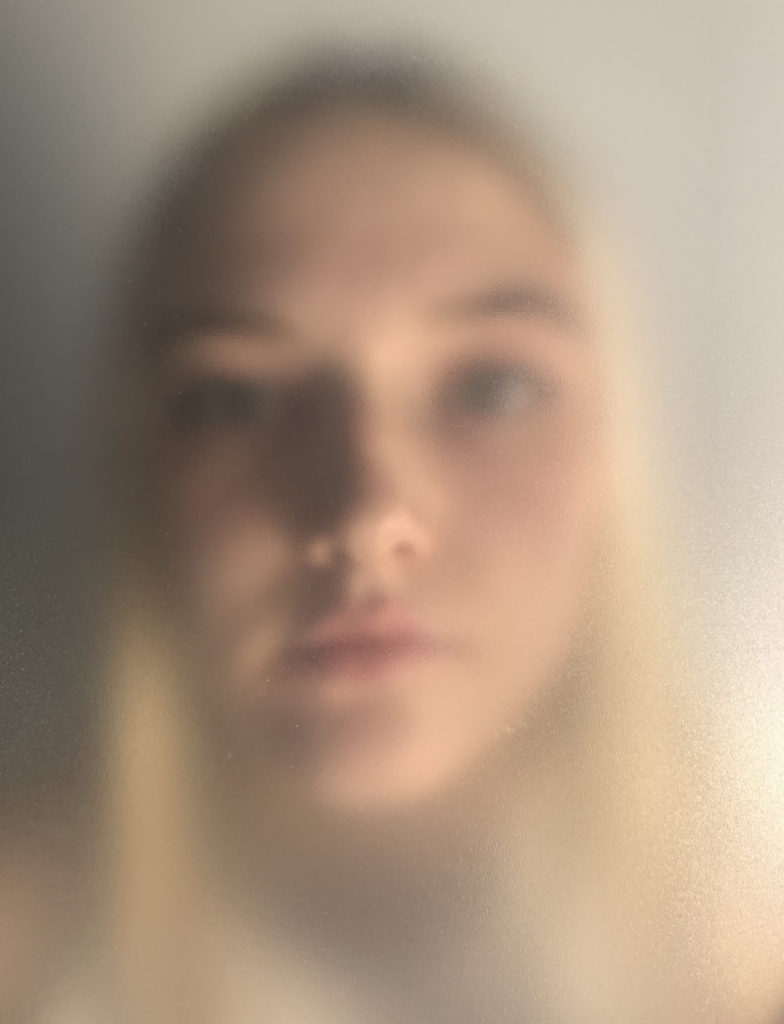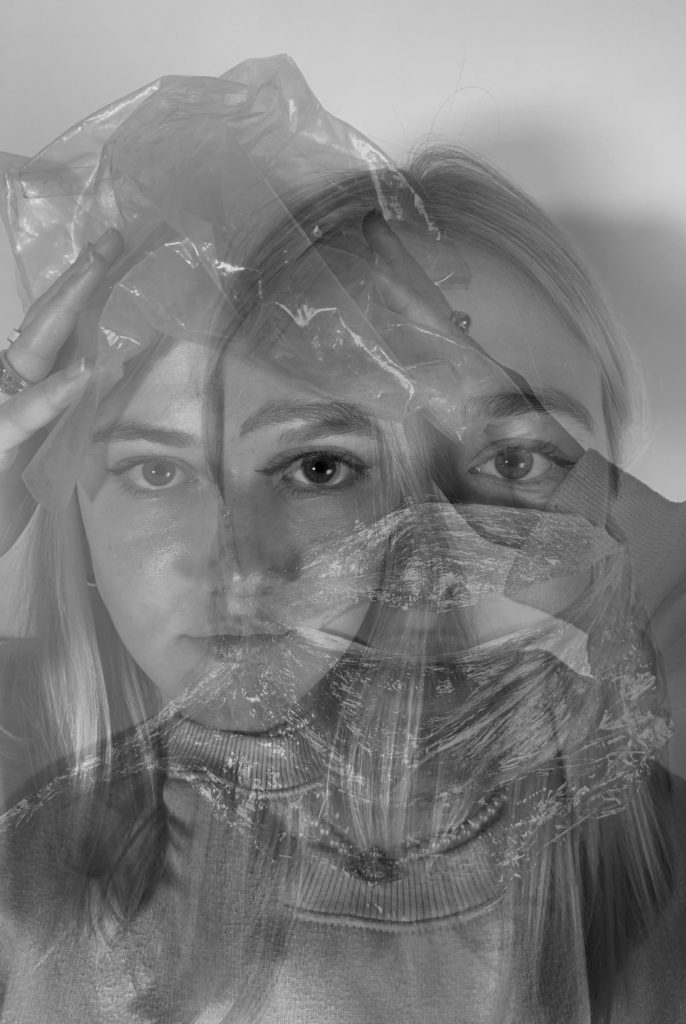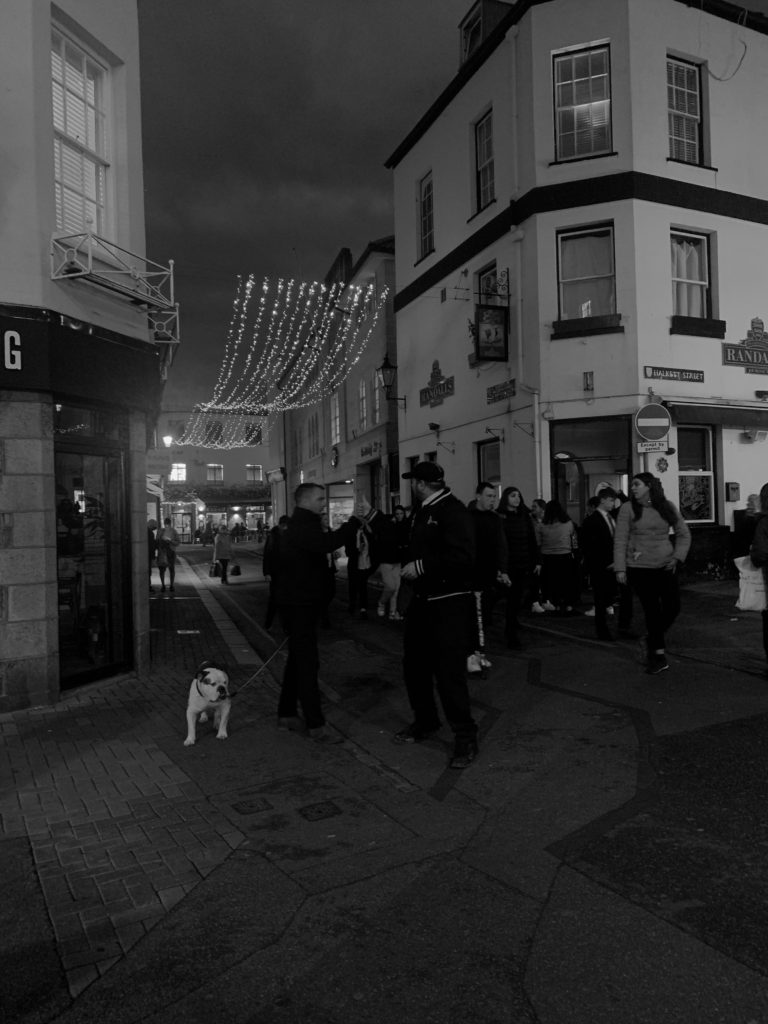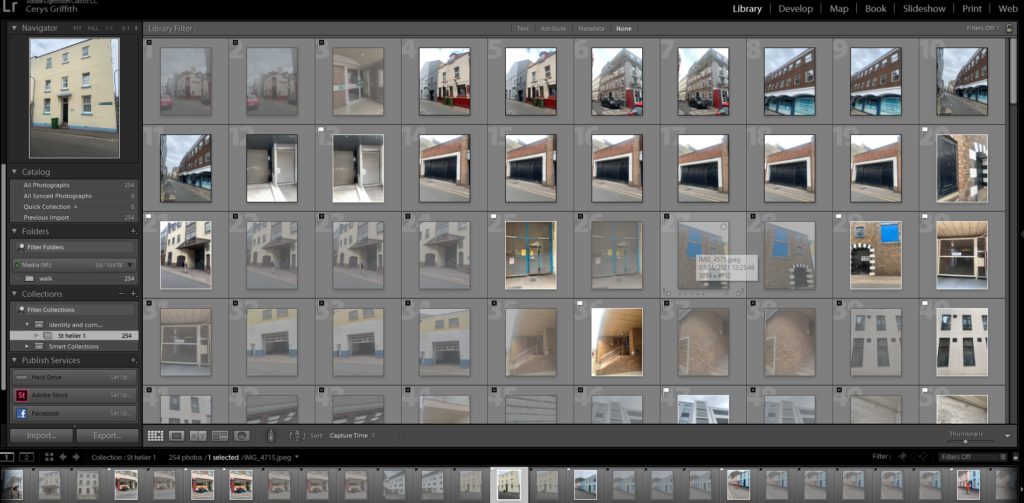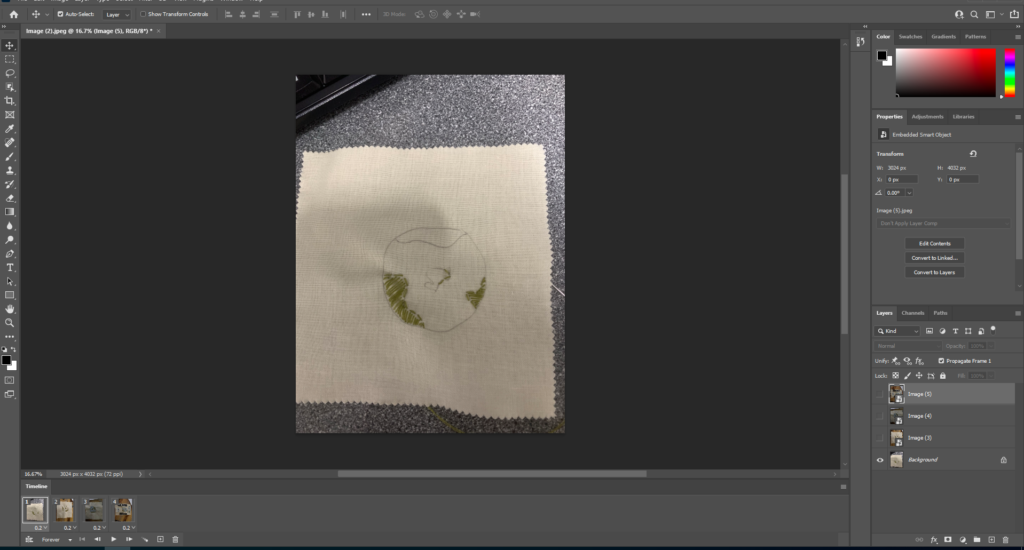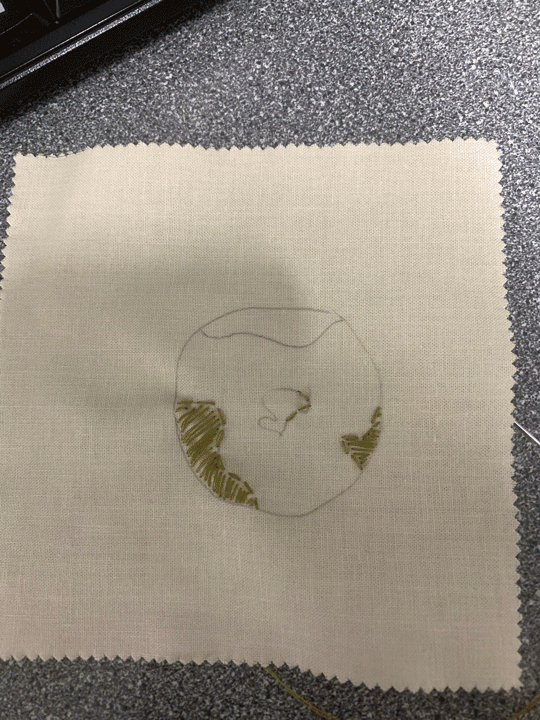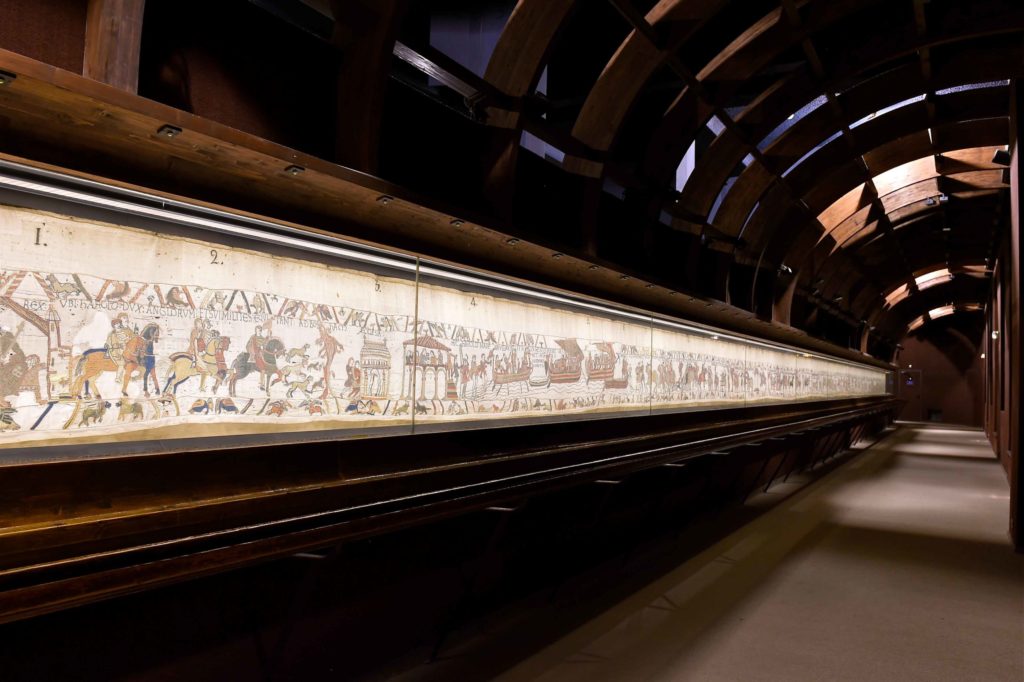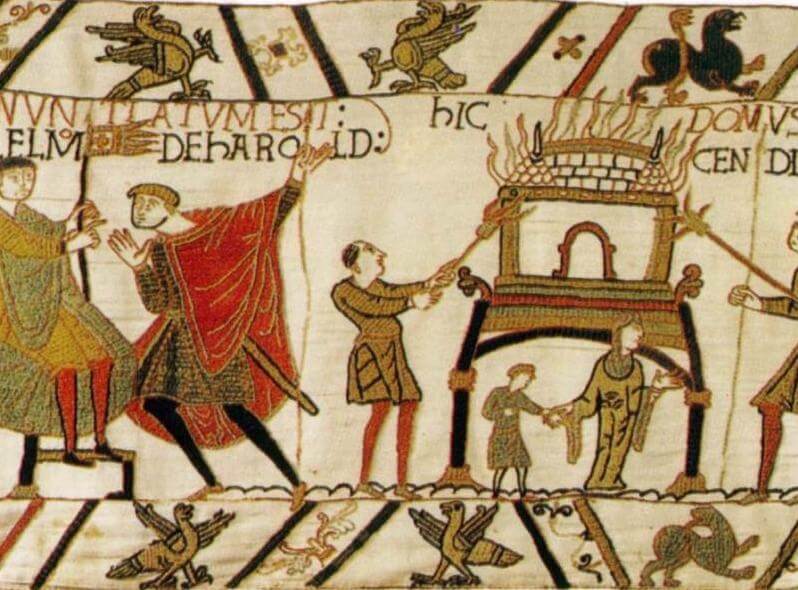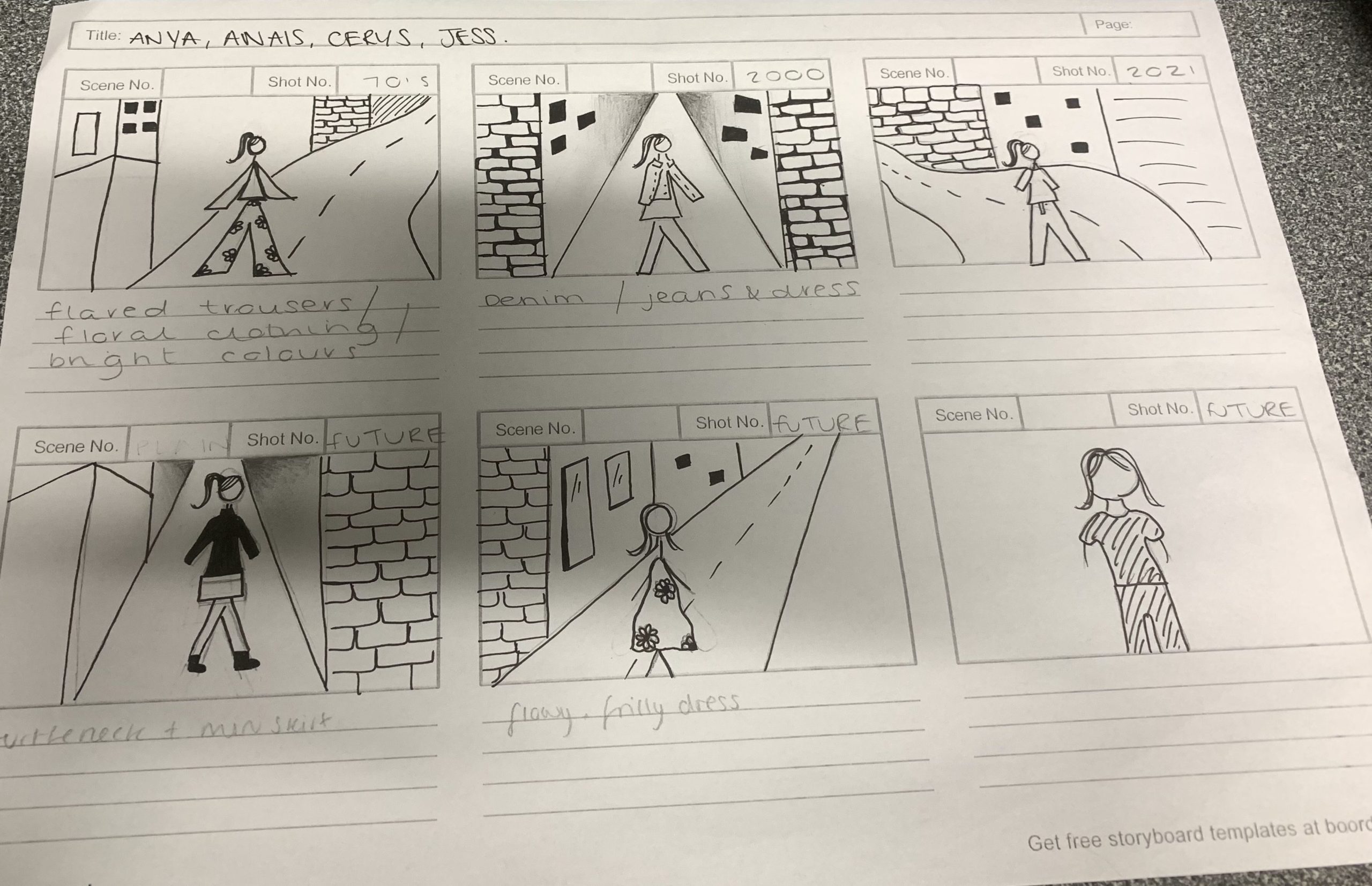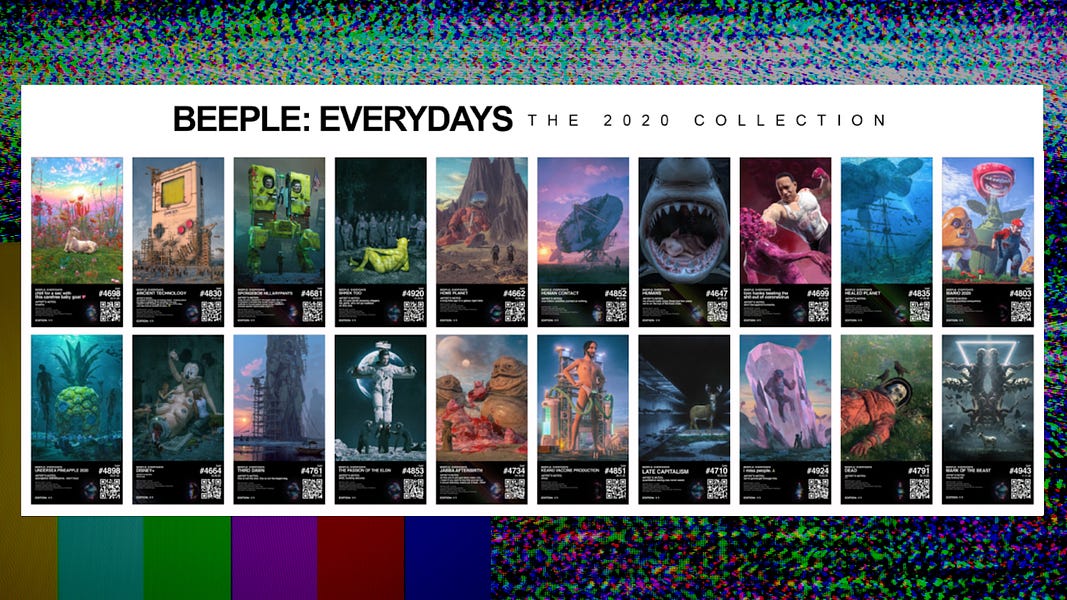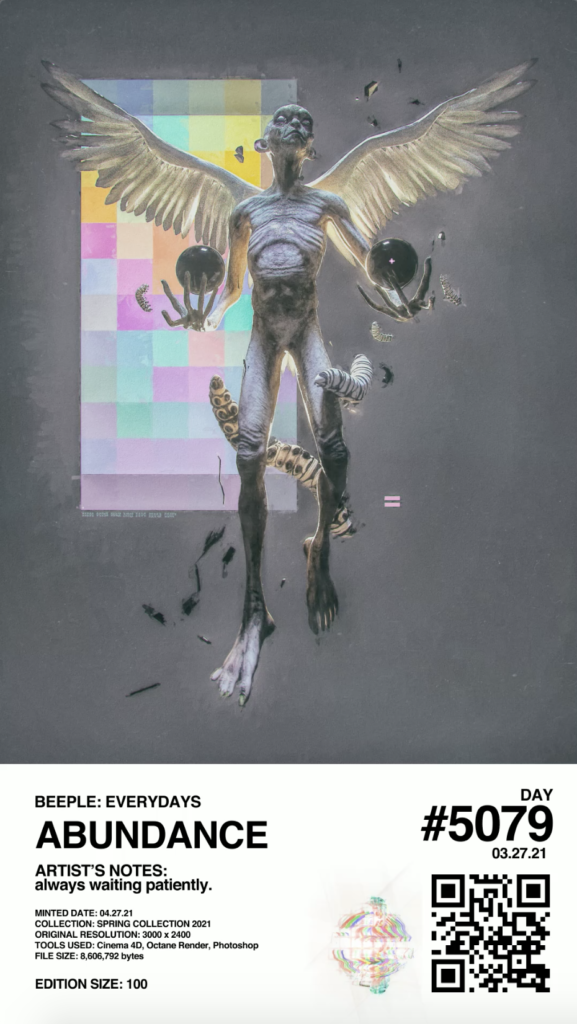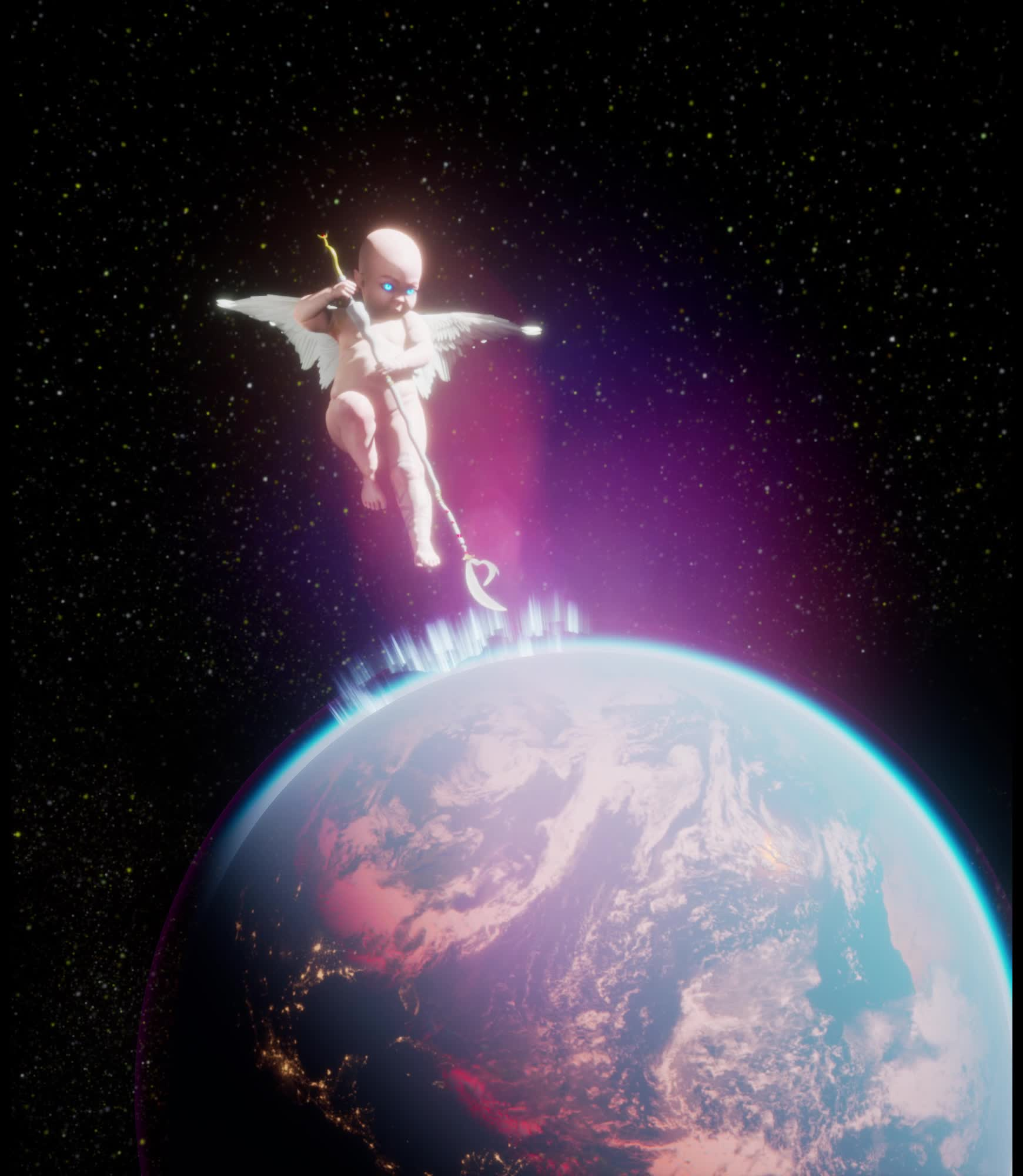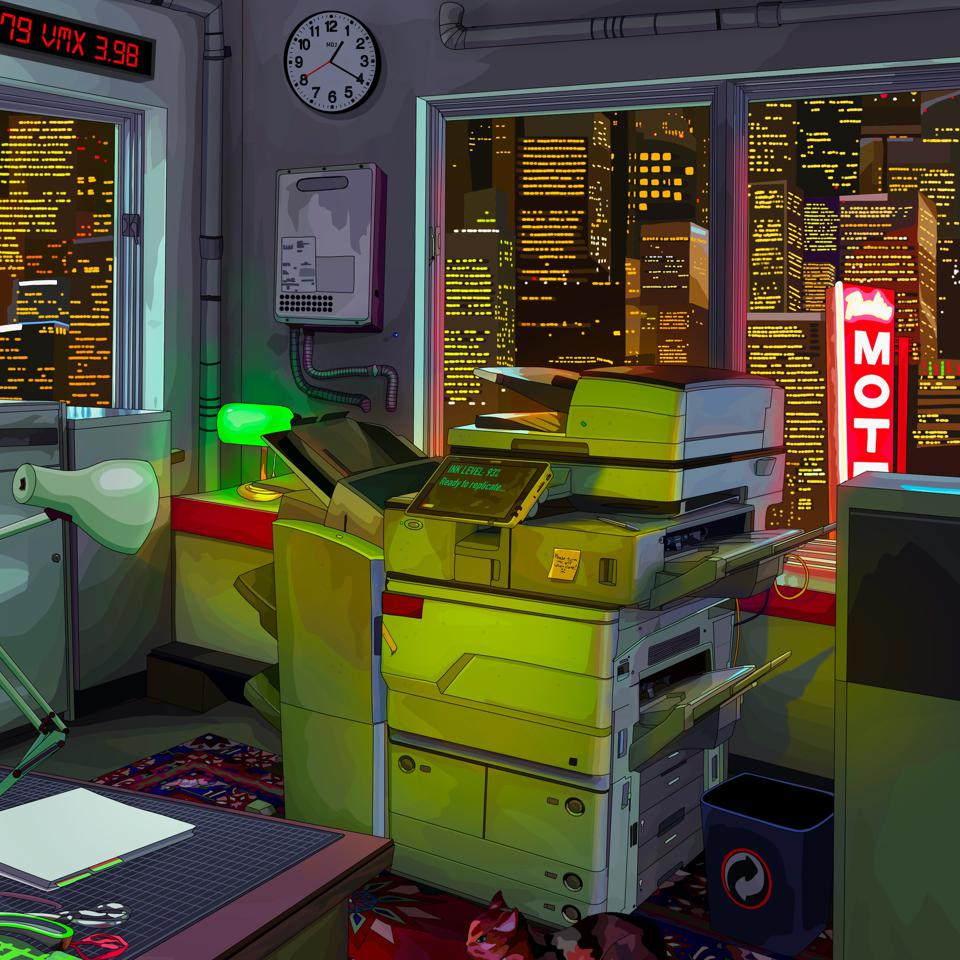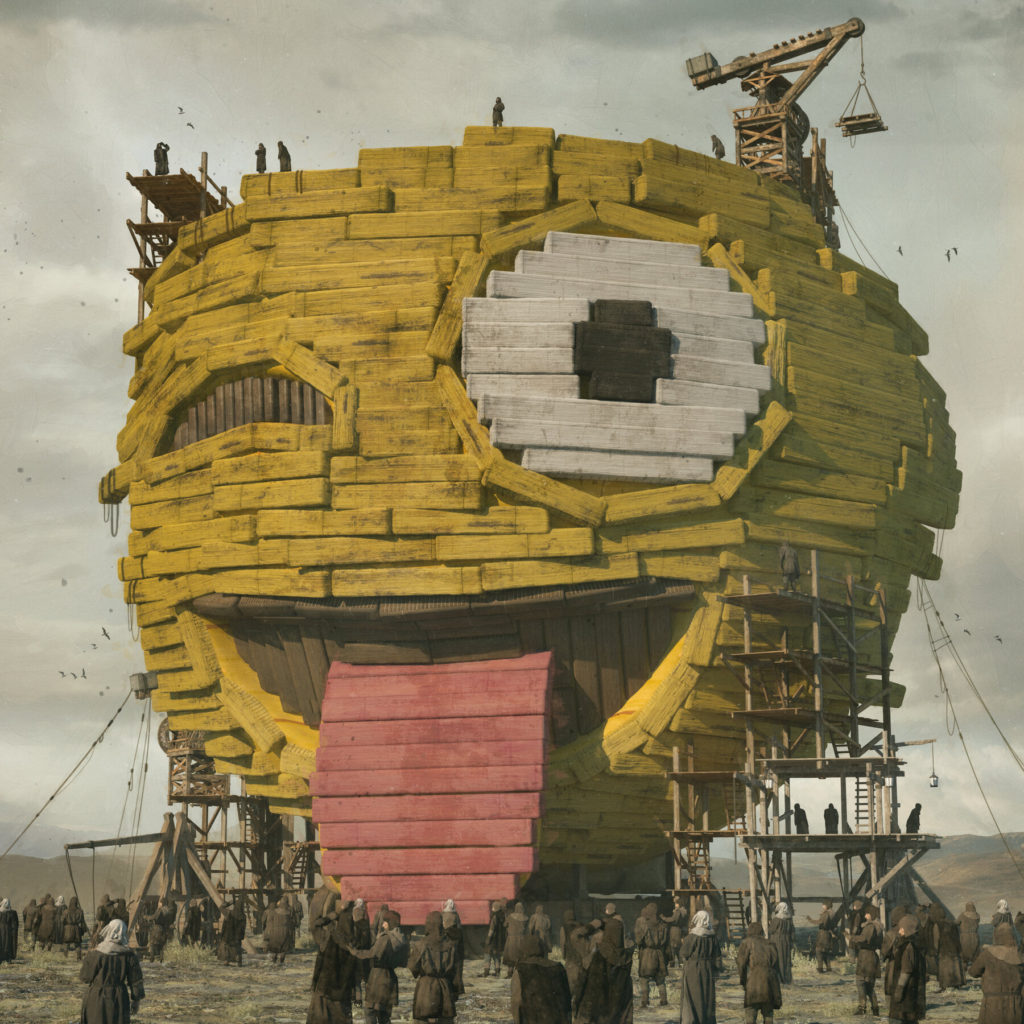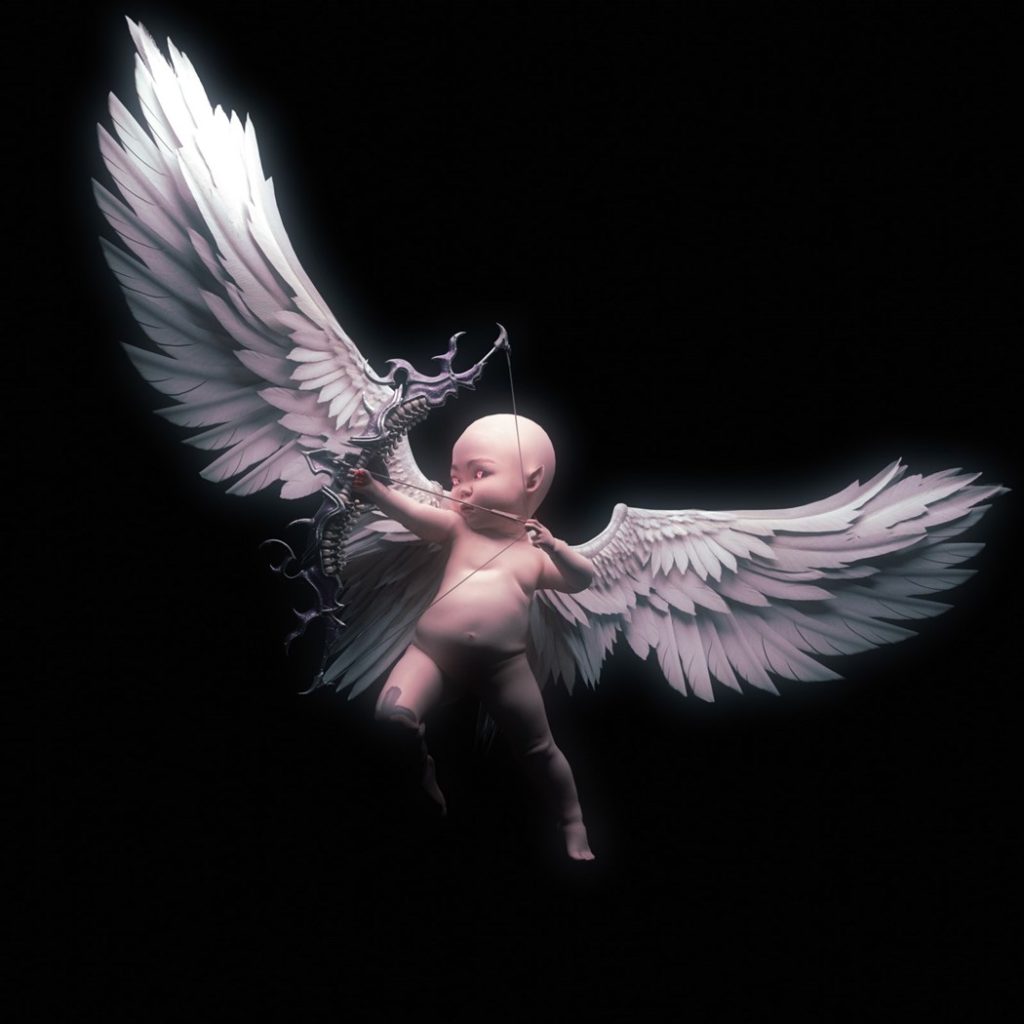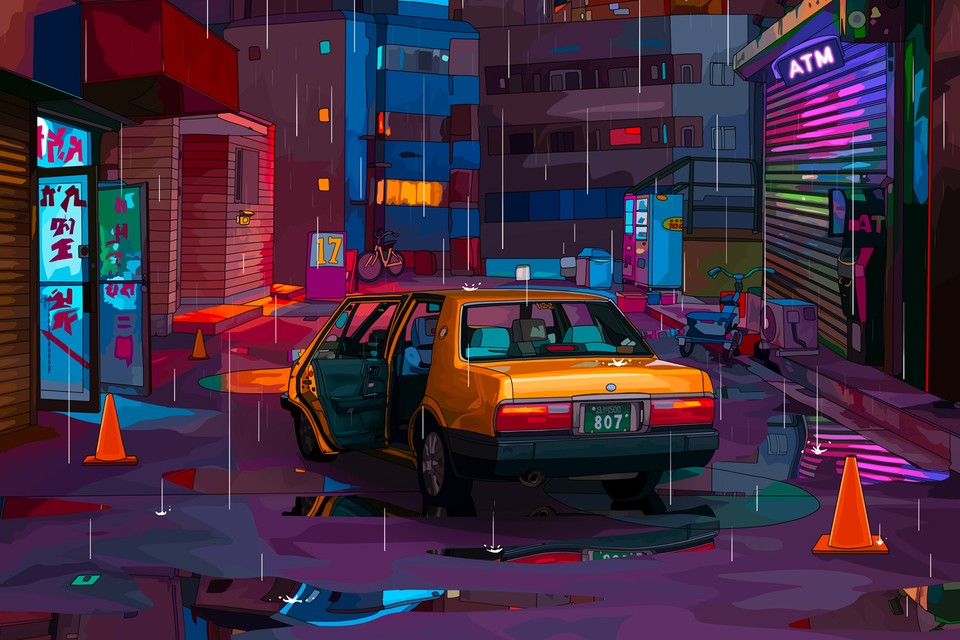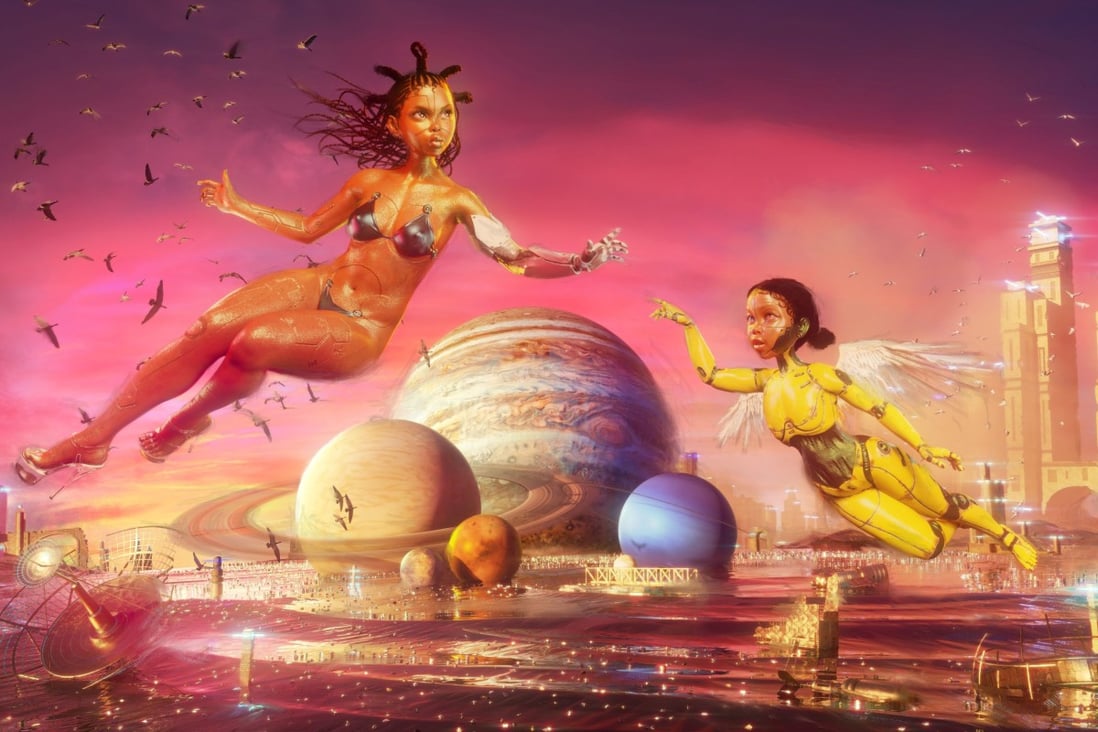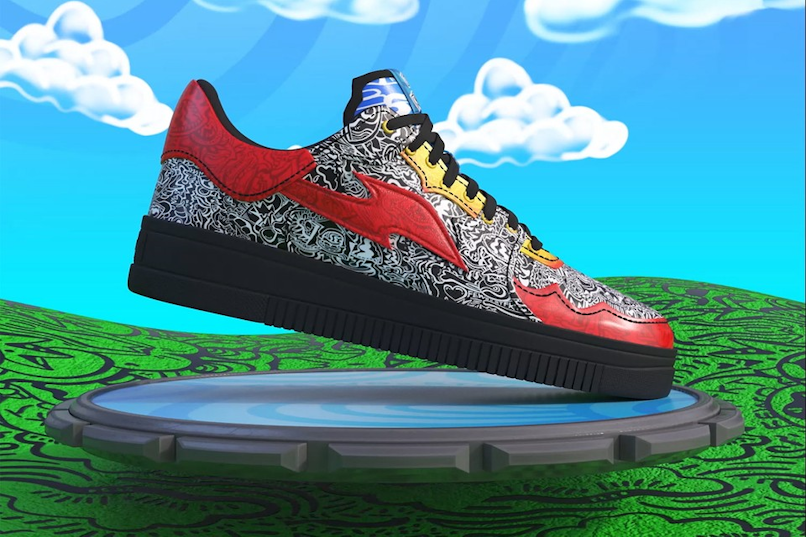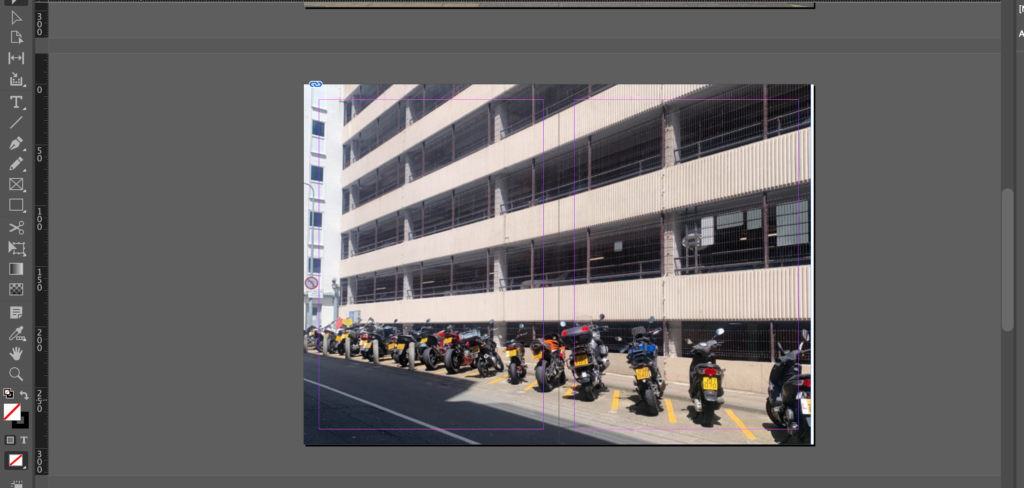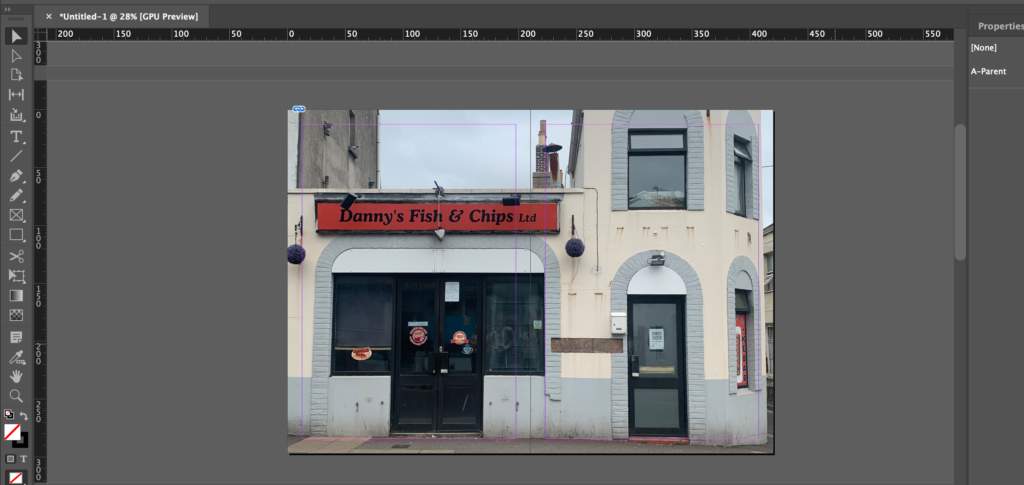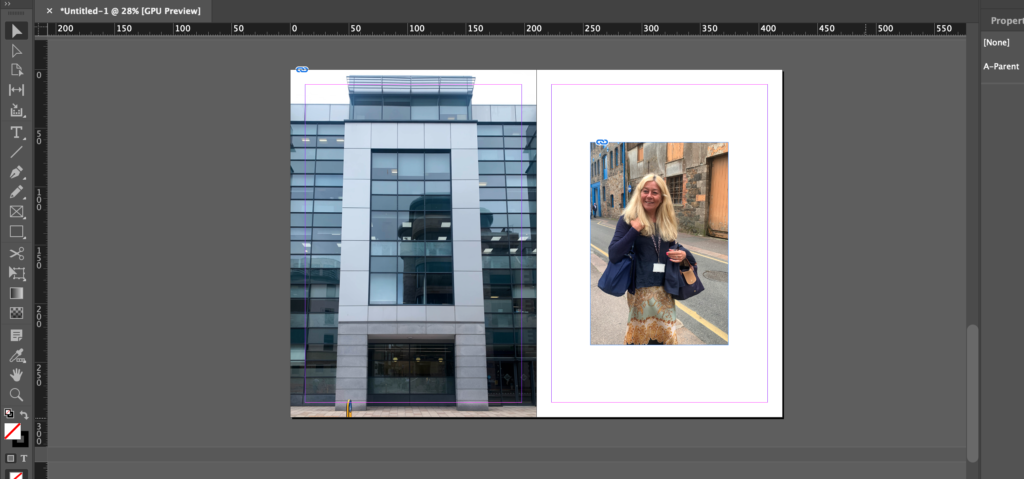/brief-history-of-photography-2688527-FINAL-5bef134d46e0fb0026cda5f9.png)
Camera Obscura
During our photography lessons we watched ‘Fixing the Shadows’ from BBC Genius of Photography, Episode 1. We learnt about the historical timeline of photography and how photography grew to what it is now. The documentary went through the timeline of photography and the different influences on photography now. Photography began in the late 1820s in France. In the early 18th century they discovered camera obscura image projection and the observation that some substances are visibly altered by exposure to light. A camera obscura is a darkened room with a small hole or lens at one side through which an image is projected onto a wall or table opposite the hole. The result from camera obscura was that an inverted image of the outside scene was cast on the opposite wall, which was usually whitened. As well as being used for photography they used camera obscura for centuries to view eclipses of the Sun without endangering the eyes and in the 16th century it was used as an aid to drawing; the subject was posed outside and the image reflected on a piece of drawing paper for the artist to trace. Portable versions were built, followed by smaller and then even pocket models, the interior of the box was painted black and the image was reflected by an angled mirror so that it could be viewed right side up.

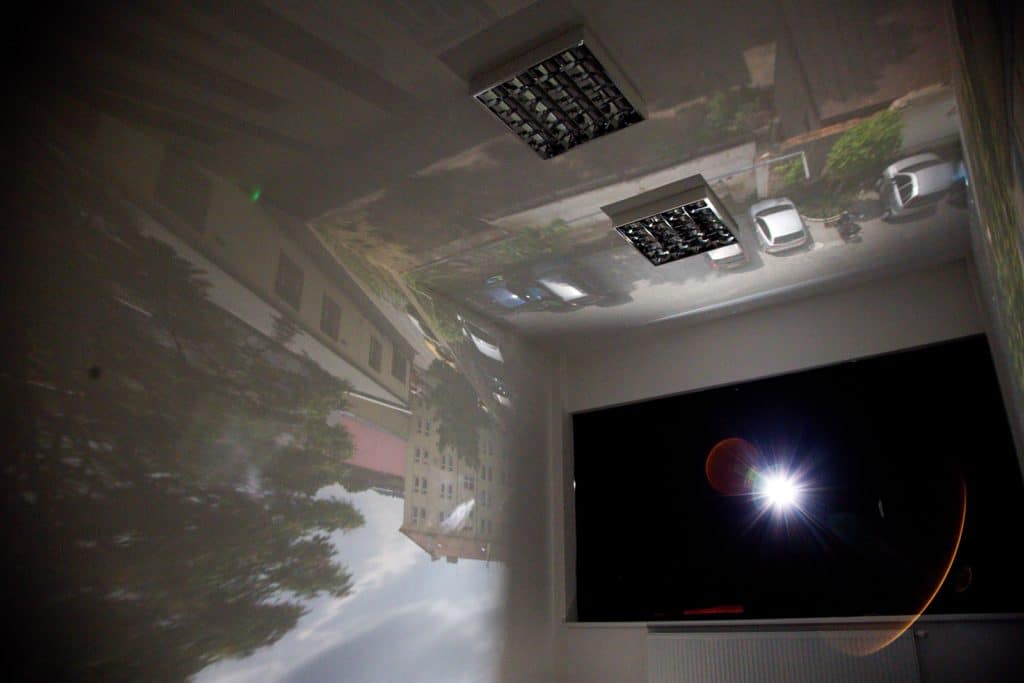
John Nicéphore Niepce
Nicéphore Niépce,was born March 7, 1765 in France and died July 5, 1833. He was a French inventor who was the first to make a permanent photographic image. Niépce’s main problem and inspiration for creating photography was an unsteady hand and weak drawing skills, which then led him to attempt to find a way to capture images permanently without relying on his poor drawing skills. He developed heliography, which was a technique he used to create the world’s oldest surviving product of a photographic process: a print made from a photoengraved printing plate in 1825. Niépce experimented with the use of silver chloride, which darkened when exposed to light, but found it was not sufficient to produce the results he desired. He then moved on to bitumen, which led him to creating his first successful attempt at capturing a nature image. His process involved dissolving bitumen in lavender oil (which is a solvent often used in varnish), he then coated a sheet of pewter with this mixture and placed it inside a camera obscura. Eight hours later he removed it and washed it with lavender oil to remove any unexposed bitumen and was then left with an image.
/first-photograph-2673939-5b0840770e23d90036127dd6.jpg)
The earliest surviving photo from Niépce is from 1825. It is said to be taken at his family home in France.
Louis Daguerre + Daguerreotype
Louis-Jacques-Mandé Daguerre was born on the 18th November 1787 and died on the 10th July 1851, he was a French artist and photographer, recognized for his invention of the daguerreotype process of photography. In 1829, Daguerre partnered with Nicéphore Niépce. Niépce died suddenly in 1833, but Daguerre continued experimenting, and evolved the process of the daguerreotype. It wasn’t until 1838 when Daguerre’s experiments progressed to the point where he felt comfortable showing examples of the new medium to selected artists and scientists in the hope of lining up investors. François Arago was among the artists Daguerres shared his work with and he offered Daguerre a lifetime pension in exchange for the rights to his process.
The daguerreotype was the first commercially successful photographic process in the history of photography. Named after the inventor, Louis Jacques Mandé Daguerre. To make the image, a daguerreotypist would polish a sheet of silver-plated copper to a mirror finish then they would treat it with fumes that made its surface light sensitive then they exposed it in a camera for as long as was judged to be necessary, which could be as little as a few seconds for brightly sunlit subjects or much longer with less intense lighting then made the resulting latent image on it visible by fuming it with mercury vapor which removed its sensitivity to light by liquid chemical treatment; rinsed and dried it; and then sealed the result behind glass in a protective enclosure. Each daguerreotype is a unique image on a silvered copper plate. Unlike photographic paper, a daguerreotype is not flexible and is instead heavy. The daguerreotype is accurate, detailed and sharp and has a mirror-like surface and is very fragile. As the metal plate is extremely vulnerable, most daguerreotypes are presented in a special housing. Daguerreotypes were very expensive, so only the wealthy could afford to have their portrait taken. Although the portrait was the most popular subject, the daguerreotype was used to record many other images such as topographic and documentary subjects, antiquities, still lives, natural phenomena and remarkable events.

George Eastman + Kodak
George Eastman was born July 12th, 1854 and died March 14th, 1932. He was an American entrepreneur who founded the ‘Eastman Kodak’ company and helped to bring the photographic use of roll film into the mainstream. Eastman invented the Kodak camera, helping make photography accessible to the public. In 1888, he sold his first Kodak camera which consisted of a box camera with 100 exposures that used paper negatives. Once consumers had used their 100 exposures the entire camera was sent back to the manufacturer for developing, printing, and reloading when the film was used up. Eastman Kodaks slogan was “You press the button, we do the rest”. 8 years later he went on to develop the first Brownie camera, which was intended for children and sold for one dollar These cameras quickly became popular due to its simplicity which helped greatly accelerated the growth of amateur photography, especially among women, to whom much of the Kodak advertising was addressed. By simplifying the apparatus and even processing the film for the consumer, he made photography accessible to millions of casual amateurs with no particular professional training, technical expertise, or aesthetic credentials. Within a few years of the Kodak’s introduction, snapshot photography became a national craze and ‘smiling’ for photos became the new thing rather than previous set up portraiture.








